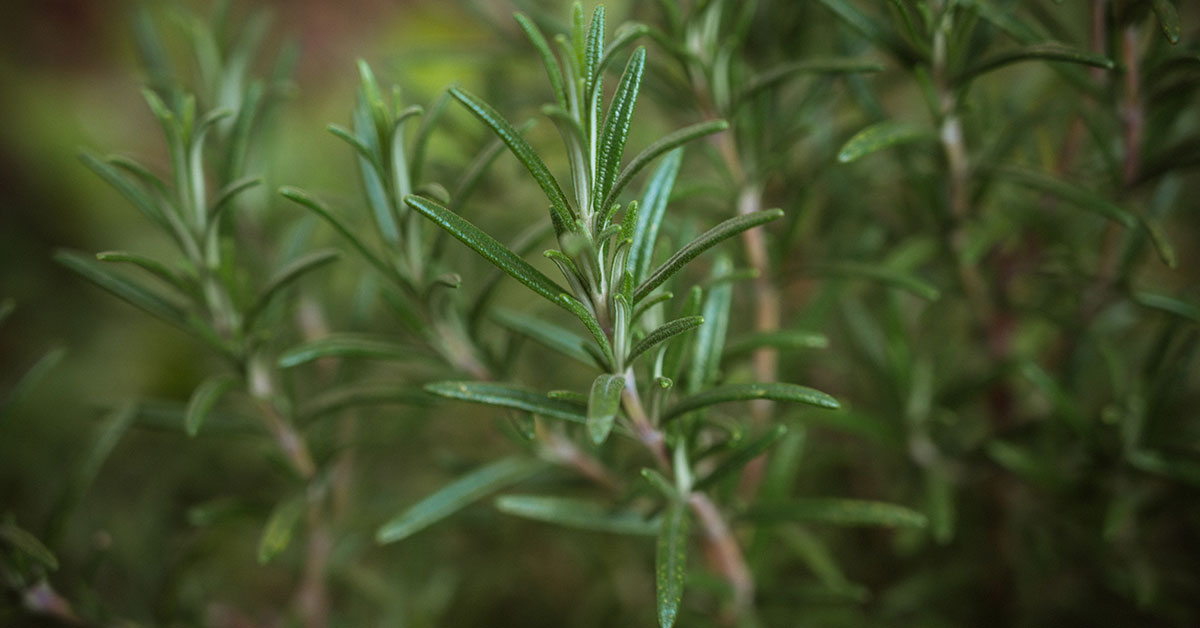Rosemary is an incredibly versatile herb that can be used for a variety of dishes and drinks, as well as for decorative and medicinal purposes. It is a wonderful addition to any garden and can be propagated in several different ways. We will discuss how to propagate rosemary in order to increase the number of plants you have. From cuttings to layering, we will cover the various methods you can use to propagate rosemary and the best practices for each. We will also discuss the benefits of growing your own rosemary and the best varieties to choose from.
When To Propagate Rosemary
Rosemary is a popular herb that is known for its fragrant aroma and flavor. It is often used in cooking and can add a unique flavor to many dishes. People propagate rosemary for a number of reasons. It is easy to grow and can be used for culinary purposes, as well as for medicinal and ornamental purposes. Rosemary is also a great companion plant, as it can help to repel harmful insects and can also help to attract beneficial ones.
Rosemary is also drought tolerant, making it an ideal choice for gardens in dry climates. Finally, many people propagate rosemary due to its long-standing association with memory and remembrance. Propagating rosemary is a great way to get a lot of plants for free. The best time to propagate rosemary is in late spring or early summer. This is when the rosemary is growing most vigorously and the new growth is easier to root.
How To Propagate Rosemary
Rosemary is an easy-to-propagate and versatile herb that can be propagated from cuttings or from seed. To propagate rosemary from cuttings, take 3-4 inch cuttings from the tips of the stems and remove the leaves from the lower half of the cutting. Dip the cut end in rooting hormone and then place the cuttings in moist potting soil and lightly water. Place the pot in a warm, bright spot and keep the soil moist. After a few weeks, roots should form and the cuttings can be transplanted into individual pots.
To propagate rosemary from seed, sow seeds in a tray of moistened potting soil. Place the tray in a warm area and cover the tray with a plastic bag to retain moisture. Once the seeds germinate, thin out the seedlings and transplant them into individual pots. With the proper care, rosemary cuttings and seedlings will thrive and produce fragrant and flavorful herbs.
The ideal soil for propagating rosemary is well-draining soil with a neutral pH. It should be mixed with a small amount of compost to increase its drainage and aeration. To prevent root rot, it is important to water the soil lightly and avoid over-watering. Additionally, the soil should be kept slightly moist, but not too wet. Placing a layer of mulch over the soil can help retain moisture and protect the soil from drying out. Additionally, adding some slow-release fertilizer can help provide the rosemary with the nutrients it needs to grow.
How To Provide Aftercare For Freshly Propagated Rosemary
After propagating rosemary, it is important to provide proper care to ensure it will thrive. For best results, the rosemary should be planted in a well-draining pot with a mixture of potting soil and compost. Place the plant in an area with bright, indirect light, such as a south-facing windowsill. Water the rosemary when the top inch of the soil is dry and provide regular fertilizing with a balanced, water-soluble fertilizer. Additionally, trim the stems and leaves regularly to encourage bushier growth. With regular care and attention, your rosemary should thrive and provide many harvests for years to come.
When propagating rosemary, it is important to avoid overwatering and underwatering the plant. Overwatering can cause the roots to rot and can lead to fungal diseases. It is best to water lightly and only when the soil is dry. Underwatering can cause the leaves to turn yellow and the plant to wilt. It is important to check the soil regularly and water it when it is dry. Rosemary prefers slightly moist soil, but not soggy. Generally, rosemary should be watered every 7-10 days, depending on the temperature and humidity.
Monitor For Pests And Diseases
Rosemary is an incredibly popular herb for its many culinary, medicinal, and decorative uses. Unfortunately, it is also susceptible to a variety of pests and diseases, which can cause serious damage to freshly propagated plants. Common pests to look out for include aphids, whiteflies, and spider mites, which can suck the sap from the leaves and stunt the growth of the plant. Diseases such as powdery mildew, rust, and root rot can also cause significant damage and should be treated immediately with fungicidal sprays or other treatments. To protect against pests and diseases, it is essential to practice regular sanitation and inspect plants regularly for signs of infection.
Pruning newly propagated rosemary is an important step in keeping it healthy and lush. To begin, wait until the rosemary is at least 6 inches tall and has thick, healthy branches. With sharp pruners, remove any thin, weak branches that are not producing new growth. Cut all branches back by about one-third, angling the cuts slightly away from the center of the plant. This will help promote bushier growth and encourage new stems to form. Pruning should be done in the spring and summer and can be repeated monthly to keep the rosemary in top shape.













